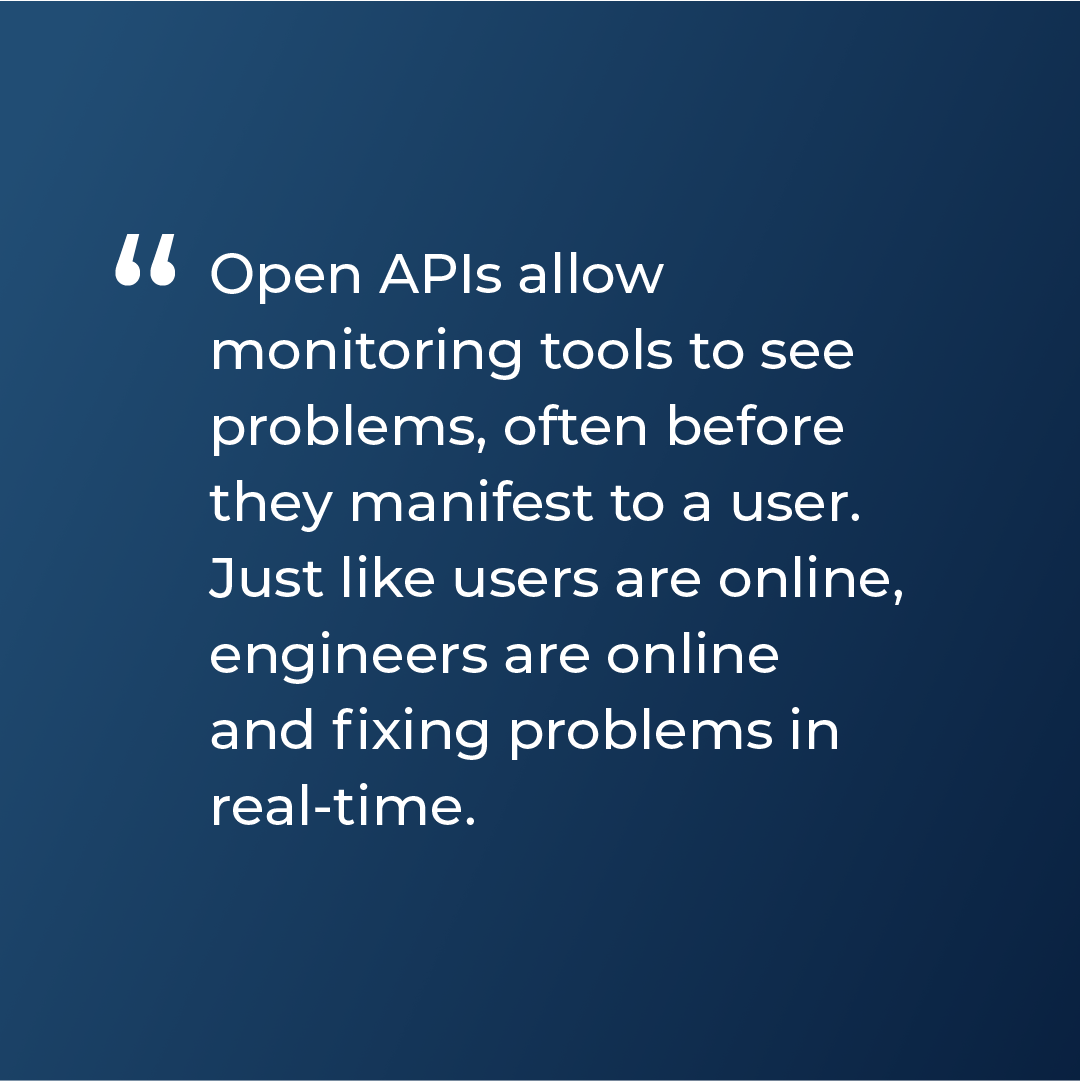
All your solutions from one source, or hand-pick the best to suit your needs?
Sports fans often imagine what their perfect team would be if they could pick any player from any club of their preferred sport. Sometimes this is known as a ‘fantasy team’- the ‘best of the best’ converging from a chosen discipline, to make one super team.
Clearly that team, if all the players worked together in a cohesive and communicative way, could easily beat the best club of their sport. With the top athletic sports stars working in their specialist positions on the field or court, all operating as a unit and for a common goal; the squad would be unbeatable.
Let’s apply this concept to business solutions. Would it be more beneficial for an organisation to handpick the best solutions and create their dream team – the ultimate best-in-class stack – or just go to a ready-made team who are strong in some areas, but not always all?
The choice may seem obvious, but it’s difficult for some. It’s important to understand the barriers holding some organisations back from this new idea of solution choices, considering that ‘fantasy teams’ are now a reality in the Cloud.
“When you move to the Cloud, one provider doesn’t have to do it all. This is a big contrast to having a legacy system where, in most cases, integration with outside systems is far more difficult, Rob Cameron, CEO of FYI said.
“There are a number of reasons why having multiple best-in-class providers is overwhelmingly the best choice. Firstly, you eliminate the chances of one provider pulling your whole system down by not keeping up with the pace of change. If an all-in-one solution provider feels you are locked in to all their services no matter what, where is their motivation for constantly striving to improve each individual service?
“Traditional legacy all-in-one-style providers have put their prices up by 6% or 7% year after year, and generally they don’t deliver additional value or improve their services as often.”

Cloud computing offers hidden benefits
By now most people will be aware of the storage benefits of the Cloud, and that any team member can log in from anywhere to access information, but there are many more benefits, behind the scenes, that a layperson may not see.
A core advantage is APIs, also known as Application Programming Interfaces, which are software intermediaries that allow two or more applications to talk to each other.
If one thinks of a ‘user interface’ as connecting a computer to a person, an Application Programming Interface connects an application to an application.
“APIs mean we can create ecosystems of applications all talking to each other and sharing information in a way that was impossible before the Cloud. All the while the user of the application stack gets a single view and experience.
This provides the opportunity to pick the best apps for a firm’s needs, as all these apps will have open APIs and will seamlessly integrate with each other. It’s quite beautiful from a technological perspective,” Rob adds. “It’s like your fantasy sports team arriving at the first day of training with incredible team cohesion and cooperation already built into them. When they play their first match it’s the ultimate in teamwork and performance.”
Less troubleshooting
Another major challenge faced by organisations when deciding on whether to go for an all-in-one solution, or to take advantage of the Cloud and open APIs with multiple solutions is that of troubleshooting. Some believe that many solutions can mean more problems, and multiple help desks there to solve them, rather than just one point of contact. However, this couldn’t be further from the truth.

Rob explains: “I think everyone’s had the experience of multiple help desks and no one wants to be there, but this historical experience doesn’t really equate to what is happening in cloud-based systems today.
Because solutions are online and live, as opposed to sitting on desktops and servers, cloud operators have far more visibility over how they are working at any given time.
Open APIs allow monitoring tools to see problems, often before they manifest to a user. Just like users are online, engineers are online and fixing problems in real-time.
“This means users don’t have to wait on a helpdesk number to then be guided through various steps on a screen. Instead, problems are being fixed in the background, as the solution operates.
Getting back to our fantasy sports team analogy, imagine if, the coach could feel how tired players on the field were getting or if someone had a weak knee, and could make adjustments to the team in real-time without having to wait for an error to occur or someone to put their hand up.”
“For example, at FYI we have over 11,000 accountants using our software across Australia, New Zealand and the UK.
That is a lot of users constantly trying new things, automating different processes and optimising the way they use FYI to deliver efficiencies in their accounting firms. There is a lot going on at any one time.”
“Despite this, our open frontline support help desk has just seven open tickets. Historically in a legacy system, a helpdesk servicing this number of users would have thousands of tickets. Why is this the case? Because we have engineers online looking for and solving problems before they occur.”
When is a good time to make the move?
There is no question that moving from a legacy system to a Cloud based app stack, centred around the likes of Xero Practice Manager will mean changes in the current way of working. And many believe not finding the optimum time for this migration is one of the biggest barriers to making the migration itself.
“Accountants are really busy,” Rob adds. “Finding time to improve your business is a really tough ask. Most are probably thinking ‘if we just get through this quarter then things will calm down a bit and we can focus our time and energy on improving our business. However, the next quarter ends up being bigger and busier than the one before. Of course, this is a nice problem to have!
“However, if accountants were to take a medium to long-term view on this, addressing inefficiencies now by moving to a cloud-based, best-in-class app stack, immediately starts saving you time. With FYI, a great example to illustrate this is the auto-filing of emails. Practices that have FYI configured correctly, will get around 70 to 80% of their emails auto-filed. Imagine how much time that alone saves?” Rob says.
“There is no doubt accounting has changed dramatically in the past 10 years and that options are now available for accounting firms that were not there before. The reliance on one company to solve all your business challenges is now not only unnecessary, it’s also counter intuitive, given what the Cloud can offer. Picking ‘best-in-class’ solutions for an accounting firm has now become the default.”
Want to learn more? Explore the apps that integrate with FYI, or find out how to build an app stack to suit your practice.